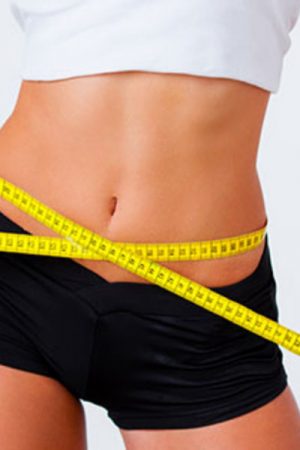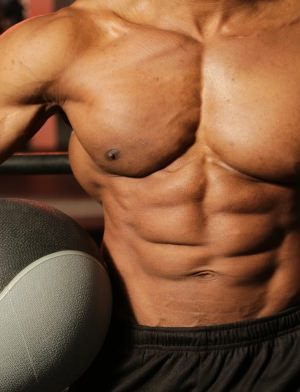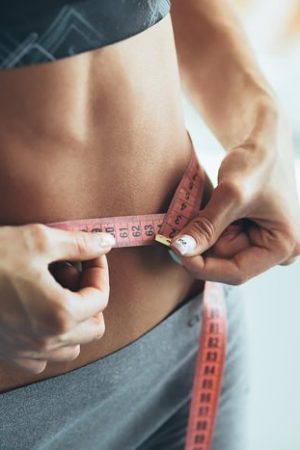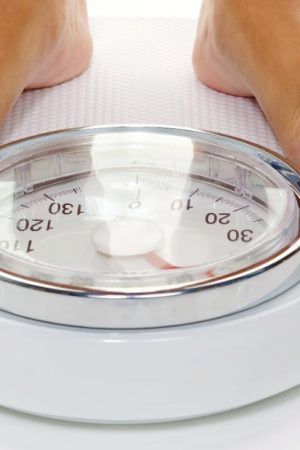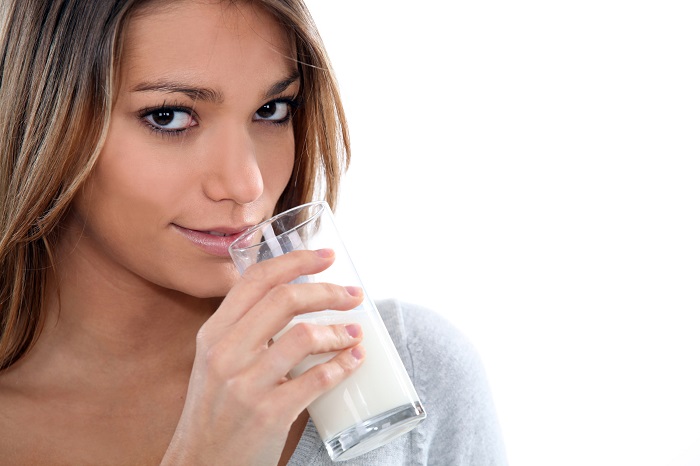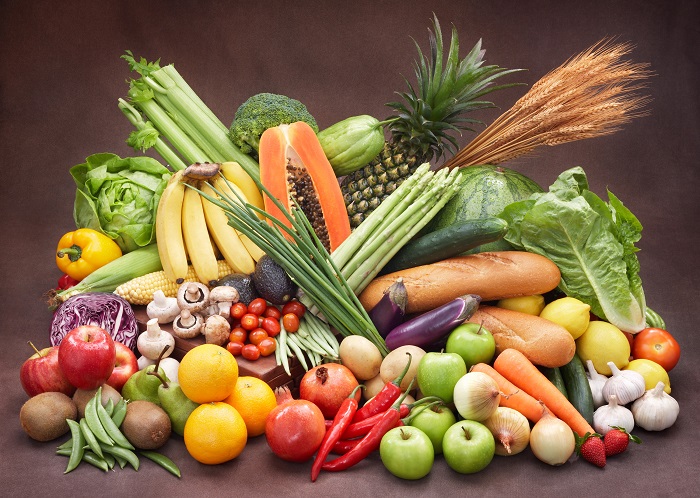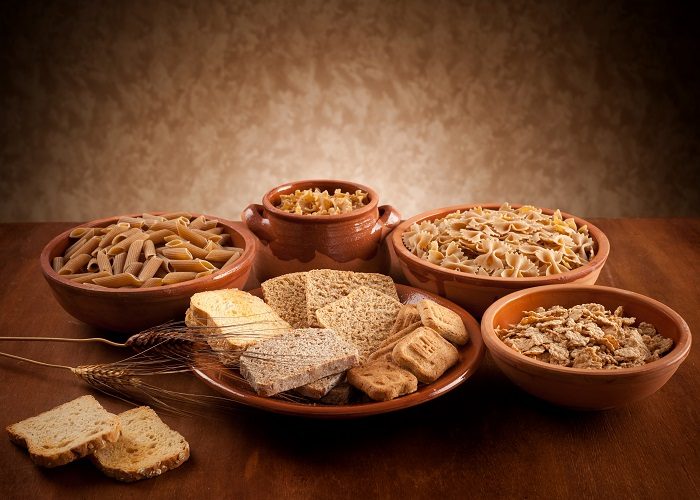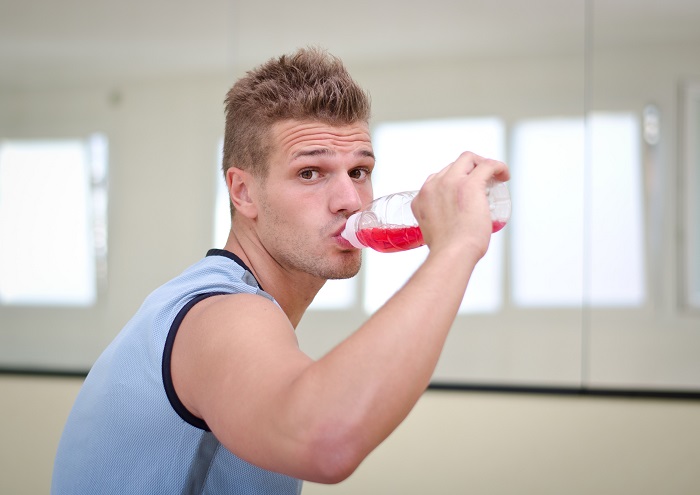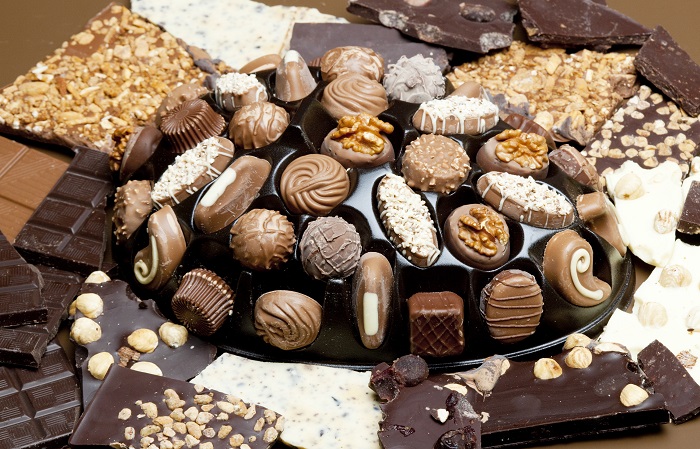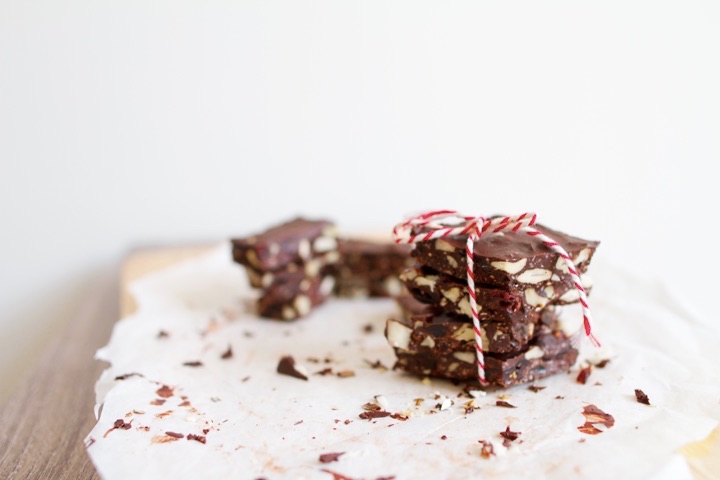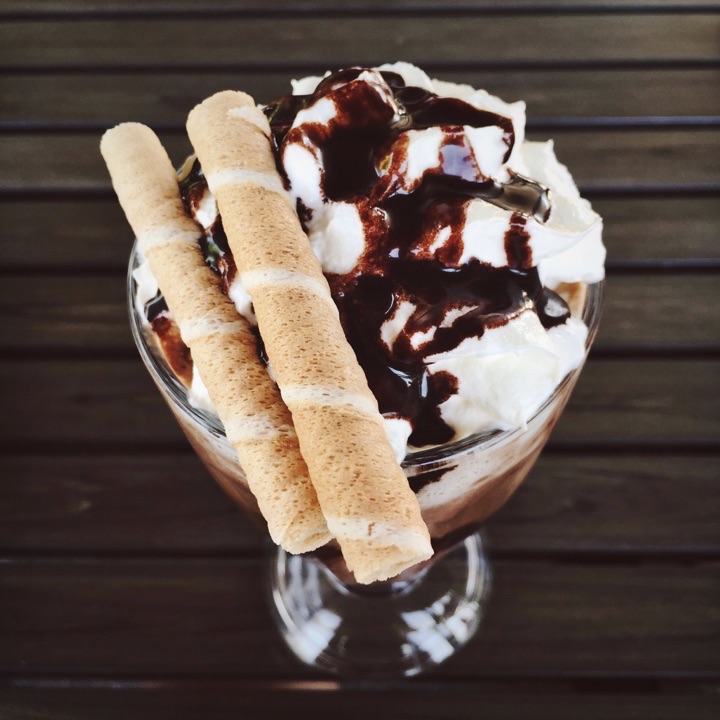“Calcium is not only essential for laying the foundation for strong bones, but is also required for muscle contraction and preventing muscle cramps”
Bones are alive and preserving bone health for life-long should be a priority for any Runner, female into general fitness/ sports or men players (starting as amateurs and continuing as master’s players). Calcium is not only essential for laying the foundation for strong bones, but is also required for muscle contraction and preventing muscle cramps. A diet rich in calcium along with muscle building and weight bearing aerobic exercises such as running is in fact important for achieving optimum bone density.
Female athletes are generally more prone to calcium deficiency are at high risk for weak bones due to low body weight (restrictive diet in calories and protein) and associated amenorrhea which drastically impairs sports performance. Therefore for ensuring optimal sports performance calcium and vitamin D are the key nutrients. Ideally to ensure best protection recommended dosage of calcium is 1000 to 1300 mg along with 400-800 IU of vitamin D /day, as it will enhance calcium absorption. To get the required amount of calcium following calcium rich food should be consumed:
- Low fat milk is an excellent source of calcium and protein as compared to full cream milk, the only difference is in the amount of fat.
- Plain yogurt is also good source of calcium. One cup of yogurt is equivalent to 1/3rd cup of milk in terms of calcium but contains as much as twice the calories.
- Soy milk and its products like tofu is also a good choice.
- Darkgreen leafy vegetables like spinach, broccoli, mustard greens , beet greens are also rich in vitamin but their absorption is very little.
- Vitamin D: Also called “the sunshine vitamin,” sources includes: foods like eggs, fatty fish, cheese, or fortified milks and cereals.
SOME TIPS TO HELP YOU BOOST YOUR CALCIUM INTAKE:
- In breakfast, eat cereal with 1 cup of skim milk or soy milk and mix 1/3 cup of powdered skim milk.
- Eat fruit yogurt for snack or for dessert.
- With crunchy cereal (cornflakes), use yogurt in place of milk.
- Boost the calcium in salad by adding low fat grated cheese, cottage cheese, or tofu cubes.
- Add extra milk (instead of cream) to coffee, and enjoy.
- Add dry milk powder to soups and sauce
- Top cooked vegetables with cheese

